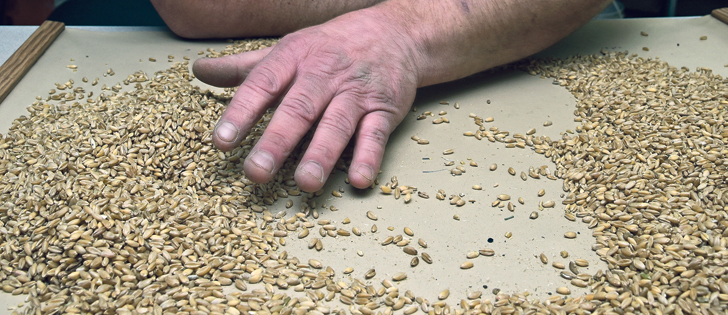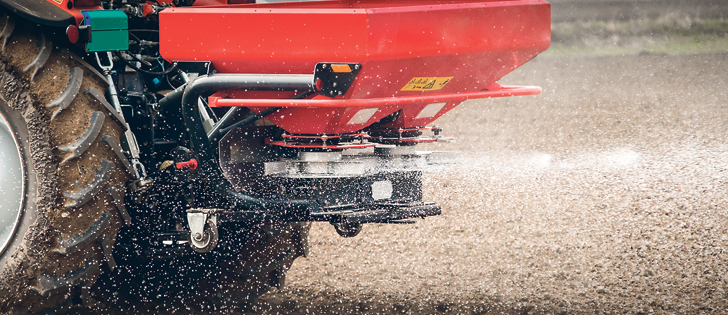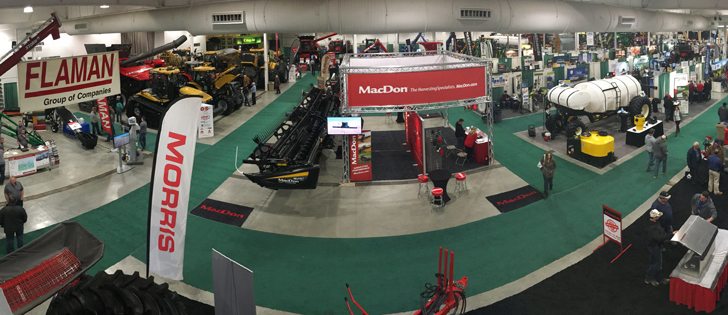Overcoming prairie farmers’ reasons not to plant winter cereals has proven challenging, but research is helping overcome a few of the objections.
The short season, which now seems to fill the few gaps between planting and harvesting with spraying, is one of those hurdles. As a result, spreading the work of a combine over another month or adding more acres isn’t as attractive as it once was.
Another problem is seeding at a time when farmers are harvesting shorter season and first planted crops, applying pre-harvest products or desiccating crops.
Read Also

Growing garlic by the thousands in Manitoba
Grower holds a planting party day every fall as a crowd gathers to help put 28,000 plants, and sometimes more, into theground
A lack of premium prices for the genetics that are available can also be a problem.
As a result, the only potential benefits to winter cereals are higher yields or minor moves in feedgrain and ethanol crop prices.
However, the winter wheat yield advantage has been eroded by new spring, white wheat varieties with strong yields.
Still, winter cereal’s advantage in lowering the risk of disease losses and insect damage remains, and researchers are close to releasing new tools that might cause growers to take another look at when they might want to plant their cereal acres.
Brian Beres of Agriculture Canada in Lethbridge says putting the latest agronomy knowledge together with the work of plant breeders is bridging the gap between yield potential and farm utility, which makes fall seeding an advantage for farmers across the West.
“Farmers grow cash on their acres, first and foremost. That is how they make most of their decisions,” he told producers attending the winter cereals meeting in Saskatoon during the recent Crop Week farm show.
“It’s not a hobby.”
Beres said farmers need to ask if fall cereals aid in the improvement of soil health, slow the evolution of weed resistance, maintain beneficial insect populations to create pressure on pest populations and improve the overall use and fertility of the land?
The variation in crop maturity and fertilizer timing alone can aid in these factors, say researchers.
Three years of research have been conducted in Western Canada from Portage and Carman in Manitoba to Lethbridge and Fahler in Alberta, with another year currently in the ground.
The work has found that one of the issues cited for avoiding fall seeding — seeding in the very early fall — might not be as critical as once thought.
Planting as late as the middle of October had little effect on yields, while planting in the middle of August was actually more of a problem.
The same study found that seed treatments of Raxil Pro did more than pay for themselves. That product contains two Group 3 fungicides, tebuconazole and prothioconazole, and a Group 4, metalaxyl.
“The dual fungicide (seed treatments) really pay off,” Beres said.
Seeding rates appear to favour 300 seeds per sq. metre when combined with nitrogen fertilizer applications of about 30 pounds acre at seeding and 100 at jointing in the spring.
Fall fungicide applications on emerged crop did show small improvements, but the greater value is in spring, especially when it comes to controlling stripe rust, according to work by Randy Kutcher of the University of Sask-atchewan and Kelly Turkington of Agriculture Canada in Lacombe, Alta.
The same work showed that despite being long in the tooth, the variety Radiant was still one of the better genetic choices when combined with fungicide application.
Radiant was originally considered fully resistant to stripe rust, but by the time it was commercially available it was rated as moderate, showing how much the resistance targets can move because of evolutionary changes.
When it comes to splitting the fertilizer application, many growers are opting to put the full load of controlled release nitrogen down in a side or mid-row band with their seed.
However, the research is now pointing to equal or greater success with a single spring application after putting down a starter amount with the crop at planting.
“We really like the SuperU (Koch delayed release nitrogen fertilizer) for its lack of losses to the environment and (seedling) safety (in the fall), but urea proved to be very effective,” said Beres.

















